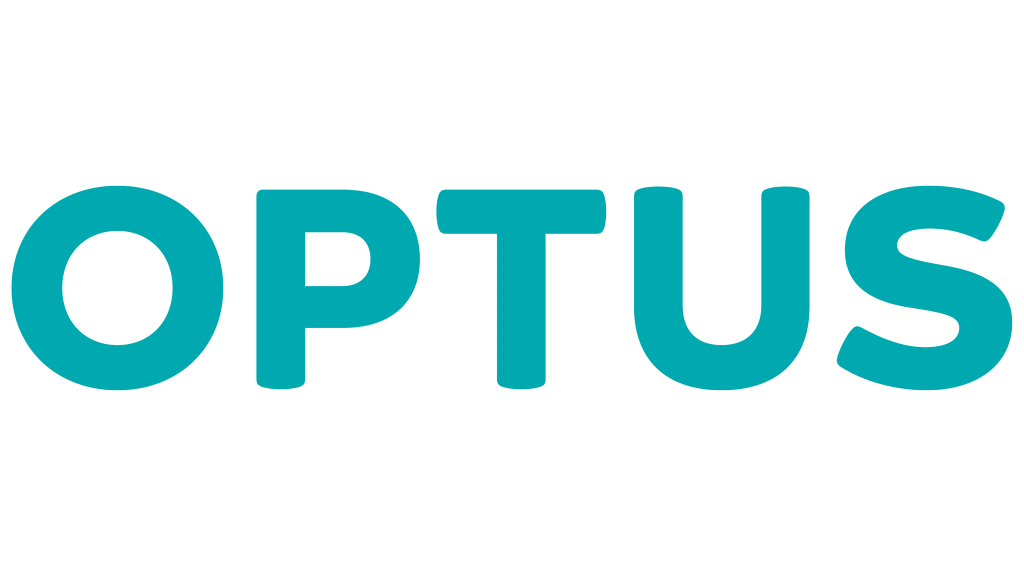Home > Internet Plans > Best Mobile Broadband Plans
The best mobile broadband plan for your needs is one which meets your data and speed requirements while fitting your budget.
Author
Savvy Editorial TeamFact checked





We’ve partnered with Econnex to bring you a range of internet plans to help you compare them.
Whether you're a traveller, student, remote worker or simply in need of reliable internet wherever you are, finding the best mobile broadband plan for your needs can help you access internet on the go for the right price.
Through Savvy, you can compare a range of internet plans available in your area from trusted Australian providers and filter by price, speed, connection type and more, so get started with a free, no-obligation quote through us today!
Finding the best mobile broadband plan for your needs involves considering several factors to help you secure the most suitable and cost-effective option. The variables to think about when searching for the right plan include:
By carefully evaluating these factors and comparing mobile broadband plans, you can find the best available option which aligns with your specific needs and budget.
There are three main types of mobile broadband connection you can choose from. These are:
How they work: data-only SIM cards are small, rectangular cards that you insert into compatible devices in much the same way as a phone SIM. They provide mobile broadband connectivity by connecting to a cellular network.
Device compatibility: SIM cards are designed primarily for devices with SIM card slots, such as tablets and certain laptops. However, you may also wish to use one in a smartphone as a hotspot, while they can also be inserted into existing dongles or pocket Wi-Fi modems.
Best for: data-only SIM cards are best suited for users who want mobile broadband on their tablets or laptops when they're on the go. They're ideal for travellers, remote workers or students who need internet access outside of Wi-Fi zones.
How they work: USB modems or dongles are small devices that connect to compatible devices via a USB port. They function in the same way as data-only SIM cards but offer a dedicated hardware connection.
Device compatibility: USB modems are compatible with most laptops, desktop computers and other devices which have USB ports. They often come with their software for easy installation.
Best for: USB modems are suitable for users who require a dedicated and more stable internet connection on their laptops while travelling or in areas with limited broadband options. They can be a good choice for business professionals or individuals needing secure, direct access.
How they work: pocket Wi-Fi devices, also known as mobile hotspots, are portable gadgets which create a Wi-Fi network using a mobile broadband connection. Multiple devices can connect to this network, sharing the internet connection.
Device compatibility: pocket Wi-Fi devices are the most versatile type of mobile broadband thanks to their lack of physical connection, meaning any device can connect to a hotspot network wirelessly.
Best for: this connection is popular among users who need to connect multiple devices simultaneously or share internet access with others, such as families, small groups or professionals working on the go, as it provides flexibility and convenience.
The entire comparison process is free with us, meaning you can use it as many times as you like.
You’ll be able to consider competitive offers from some of Australia’s leading internet providers before you buy.
You can compare plans 24/7 with our online form regardless of where in Australia you’re living.
The best mobile broadband plan will ultimately depend on you and factors such as your budget and usage. Light or regular users who primarily use the internet for tasks like web browsing, social media and occasional video streaming may benefit from more budget-friendly plans with moderate data allowances. You might look for plans with data caps ranging from 10GB to 50GB, but it’s important to assess how much data you use each month before buying your plan.
Heavy users who engage in data-intensive activities such as frequent streaming or large file downloads are more likely to need a high-data mobile broadband plan with higher potential speeds. Plans with data allowances of 100GB or more may be a good fit for heavy users, but it’s important to consider the amount of data you’re likely to use.
The choice between mobile broadband and home wireless broadband depends on your specific requirements. Mobile broadband is highly portable and suitable for users who need internet access on the go, whether for travel, work or remote locations. Home wireless broadband, on the other hand, provides a more stationary internet connection for residential or small office use.
If mobility is a priority, mobile broadband is the better option. However, if stability and consistent speeds are essential, especially for multiple users or devices, home wireless broadband may be the preferred choice. Assess your usage patterns and location to determine which option aligns best with your needs.
Quantum Savvy Pty Ltd (ABN 78 660 493 194) trades as Savvy and operates as an Authorised Credit Representative 541339 of Australian Credit Licence 414426 (AFAS Group Pty Ltd, ABN 12 134 138 686). We are one of Australia’s leading financial comparison sites and have been helping Australians make savvy decisions when it comes to their money for over a decade.
We’re partnered with lenders, insurers and other financial institutions who compensate us for business initiated through our website. We earn a commission each time a customer chooses or buys a product advertised on our site, which you can find out more about here, as well as in our credit guide for asset finance. It’s also crucial to read the terms and conditions, Product Disclosure Statement (PDS) or credit guide of our partners before signing up for your chosen product. However, the compensation we receive doesn’t impact the content written and published on our website, as our writing team exercises full editorial independence.
For more information about us and how we conduct our business, you can read our privacy policy and terms of use.
© Copyright 2024 Quantum Savvy Pty Ltd T/as Savvy. All Rights Reserved.
© Copyright 2024 Quantum Savvy Pty Ltd T/as Savvy. All Rights Reserved.
Quantum Savvy Pty Ltd (ABN 78 660 493 194) trades as Savvy and operates as an Authorised Credit Representative 541339 of Australian Credit Licence 414426 (AFAS Group Pty Ltd, ABN 12 134 138 686). We are one of Australia’s leading financial comparison sites and have been helping Australians make savvy decisions when it comes to their money for over a decade.
We’re partnered with lenders, insurers and other financial institutions who compensate us for business initiated through our website. We earn a commission each time a customer chooses or buys a product advertised on our site, which you can find out more about here, as well as in our credit guide for asset finance. It’s also crucial to read the terms and conditions, Product Disclosure Statement (PDS) or credit guide of our partners before signing up for your chosen product. However, the compensation we receive doesn’t impact the content written and published on our website, as our writing team exercises full editorial independence.
For more information about us and how we conduct our business, you can read our privacy policy and terms of use.
Our consultant will get in touch with you shortly to discuss your finance options.
